Content Sections
Fats have been touted as the bad boys on the nutritional block courtesy of some bad science in the 60’s and 70’s. Luckily, we now have much more accurate nutritional science to explain why you follow a fat-free diet at your peril. In fact, far from being foe, fats are friends, but just like you choose your friends carefully, so too with your dietary fats.
The skinny…
Fat is one of three essential macro nutrients along with protein and carbs. Apart from providing metabolic energy (fuel), fats play many important and active roles in the healthy functioning of our body. Most people believe fat is inert and that adipose (fat) tissue is just a storage place for excess calories. Whilst that’s one function, it’s only a small part of the role that fat plays in our health. What’s more important to understand is that adipose tissue is actually a complex and metabolically dynamic endocrine organ in itself orchestrating multiple essential metabolic processes in the body. And the biggie - fat doesn’t make you fat! It’s carbs and the sugars they yield that deserve the blame.
Different shades of fat
Let’s get a handle on the fat in our body before we turn to dietary sources of fats. For some time we thought there were two main types, white and brown, but now you can add beige fat to the list. Each has its own unique function:
- White fat is the most prevalent in the body - think of the fat under the skin that you can pinch (or grab!). Far from being inert storage, white fat’s functions include the secretion of hormones, growth factors, enzymes, cytokines (immune system messengers) as well as physically protecting organs, energy storage and indirectly, temperature regulation
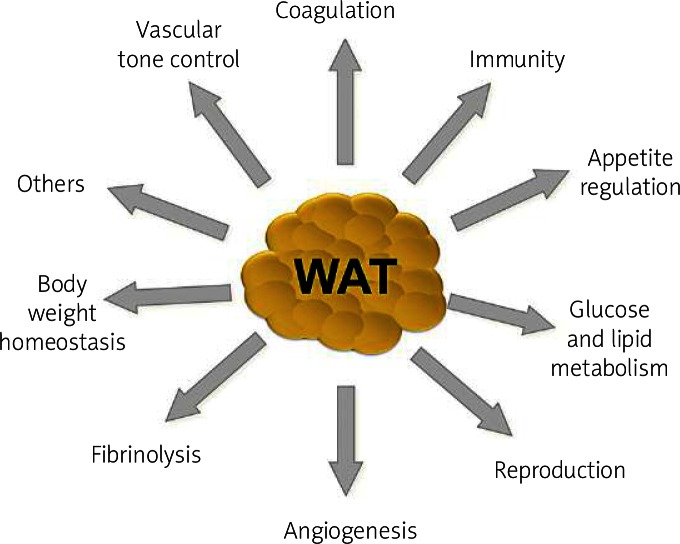
Figure 1. Physiological functions of white adipose tissue (WAT)
- Brown fat is ‘active’ fat found primarily in the front and back of the neck and upper back. Babies and children have higher levels of brown fat, which decreases significantly as you age or if you’re sedentary. Its main purpose is to regulate body temperature by burning calories to generate heat and keep us warm without shivering. We now know that we can stimulate brown fat production in adults, hence the interest in Wim Hof, ice baths, ice challenges and the rest.
- Beige fat is a type of adipose tissue found embedded in white fat. It’s a relatively new discovery and research indicates that it’s also involved in temperature regulation, albeit differently to brown fat. You can encourage more beige fat cells by exposing yourself to cold aka the Wim Hof method.
Location, location, location
Where fat is located in our body makes a huge difference in how it impacts our health. Subcutaneous fat (WAT) is located under the skin (can you pinch an inch or more?), whereas visceral fat (VAT) is found inside our abdominal cavity wrapping around and crowding out our internal organs. Too much tummy fat being the most dangerous kind carrying the highest risk of future health problems.
Visceral fat is often described as ‘angry’ fat because it pumps out inflammatory chemical messengers that incites the body to dysfunction. Imagine a large group of people shoved in a tiny space. Instead of increasing the space or reducing the number of people, you add more people. They’re going to get angry and start shouting about their experience, which then sets off the people in the nearby spaces - bad news travels fast - inciting a chain reaction of not so nice effects. Like an angry mob on the rampage in your body. This is pretty much what happens when your fat cells are forced to grow, and grow, in the tight space of the abdomen. VAT is very active fat sending out a cascade of inflammatory signals that the immune system has to act upon. However, the good news is that VAT is extremely receptive to diet and lifestyle changes, particularly if you can include some moderate endurance activity like walking or cycling that lasts longer than 90 mins once or twice a week.
Brown and beige ‘thermogenic’ fat can be stimulated and maintained by being active and not being afraid of the cold e.g. ice baths.
A chemical factory
Healthy adipose tissue has many benefits and secretes a range of bioactive substances:
- Leptin - is a peptide (from protein), but it functions like a hormone. It’s often called the ‘satiety hormone’ because it regulates the size of the fat deposits in the body. Leptin is part of our evolutionary survival response and can regulate energy intake and fat stores within a narrow margin. When fat mass decreases, the level of leptin decreases and the appetite is stimulated until fat is regained. There is also a decrease in body temperature and energy expenditure is reduced. When fat deposits increase, so do leptin levels, suppressing appetite until weight loss occurs. Interestingly, leptin also plays a role in puberty as a woman requires sufficient fat stores if she’s to nourish a foetus and ensure the survival of the human race. When leptin levels are persistently high from over eating, the leptin receptors become ‘deaf’ resulting in reduced sensitivity to the hormone. A condition we refer to as leptin resistance. The absence of leptin, or fully functioning leptin receptors, can lead to uncontrolled eating, which in turn increases the risk of obesity.
- Adiponectin – like leptin, is also secreted by fat cells. It plays a role in the regulation of blood glucose and helps burn fat for energy. Low levels of adiponectin have been implicated in the development of obesity and insulin resistance.
Carrying excessive amounts of VAT and WAT, increases the production and secretion of inflammatory ‘messengers’ like cytokines (eg, tumour necrosis factor-α, interleukin-6, leptin, Nuclear factor kappa beta) as well as hormones and other signalling molecules as detailed below. The result of this disturbed signalling causes metabolic havoc leading to a rash of chronic diseases eg. Obesity, type 2 diabetes, heart disease, alzheimer’s, dementia, osteoporosis and hormonal imbalance.
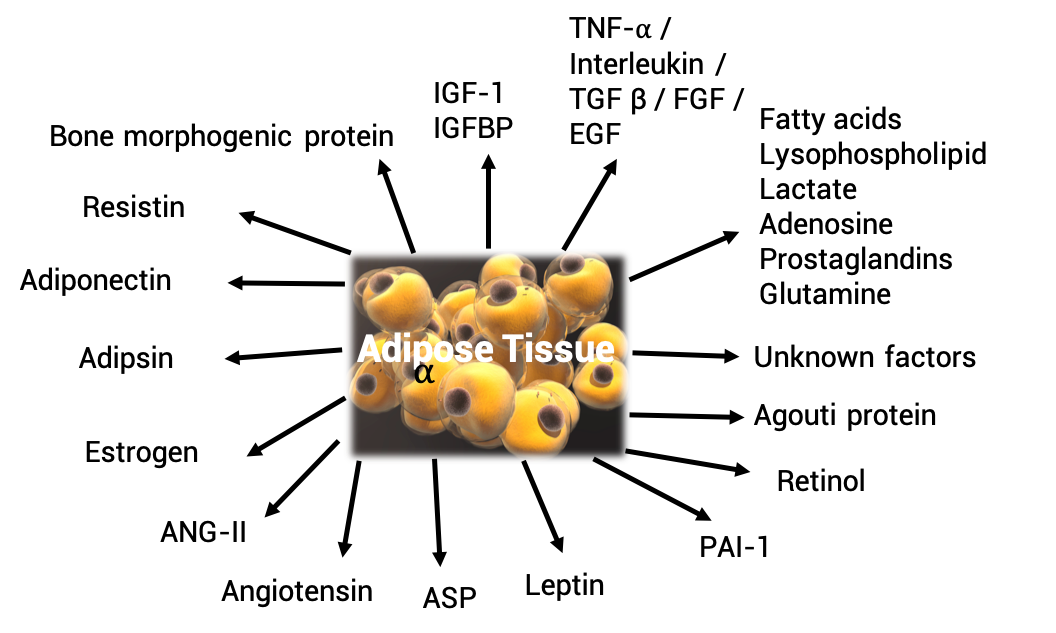
Figure 2. Factors secreted by adipose tissue
Fuelling with the right fats
Despite what we’re still told by governments and conventional dietetics, fat is not a dietary choice. It’s an essential nutrient that’s intimately entwined with our evolutionary history and our need for healthy fats today is largely unchanged.
Why? Because over millennia, our bodies have developed very intelligent systems for turning the food we eat into the energy we need to run all of our internal metabolism. Nature has evolved us in such a way to make fats our primary fuel for sustained energy. In our earlier history as hunter/gatherers before the development of agriculture around 12,000 years ago, we actually had very little in the way of simple sugars available to us. But we were very active and our survival depended on us maintaining our energy levels over long periods - often in the absence of food. We did this through eating fats and burning fats, not carbs, for fuel.
Some healthy fats that deserve hero status in your diet:
The MUFAs (monounsaturated fats):
- Olive oil
- Peanut oil (if not allergic)
- Sesame oil (sparingly)
- Avocados
- Olives
- Nuts (almonds, peanuts, macadamia nuts, hazelnuts, pecans) (if not allergic)
- Nut butters (if not allergic)
The PUFAs (polyunsaturated fats):
- Walnuts
- Flaxseed
- Fatty fish (salmon, tuna, mackerel, herring, trout, sardines)
The SAFAs (saturated fats):
- High-fat cuts of marbled meat (beef, lamb, pork) - with the fat inside the meat, not all around the outside
- Chicken with the skin on
- Whole-fat dairy products (milk and cream) - if you’re not intolerant
- Butter
- Cheese
- Coconut oil
- Lard
Resources and further reading
- Fats, Fallacies and Facts
- ANH Food4Health Plate: the starting point for metabolic flexibility
- Type 2 Diabetes: the science of resistance




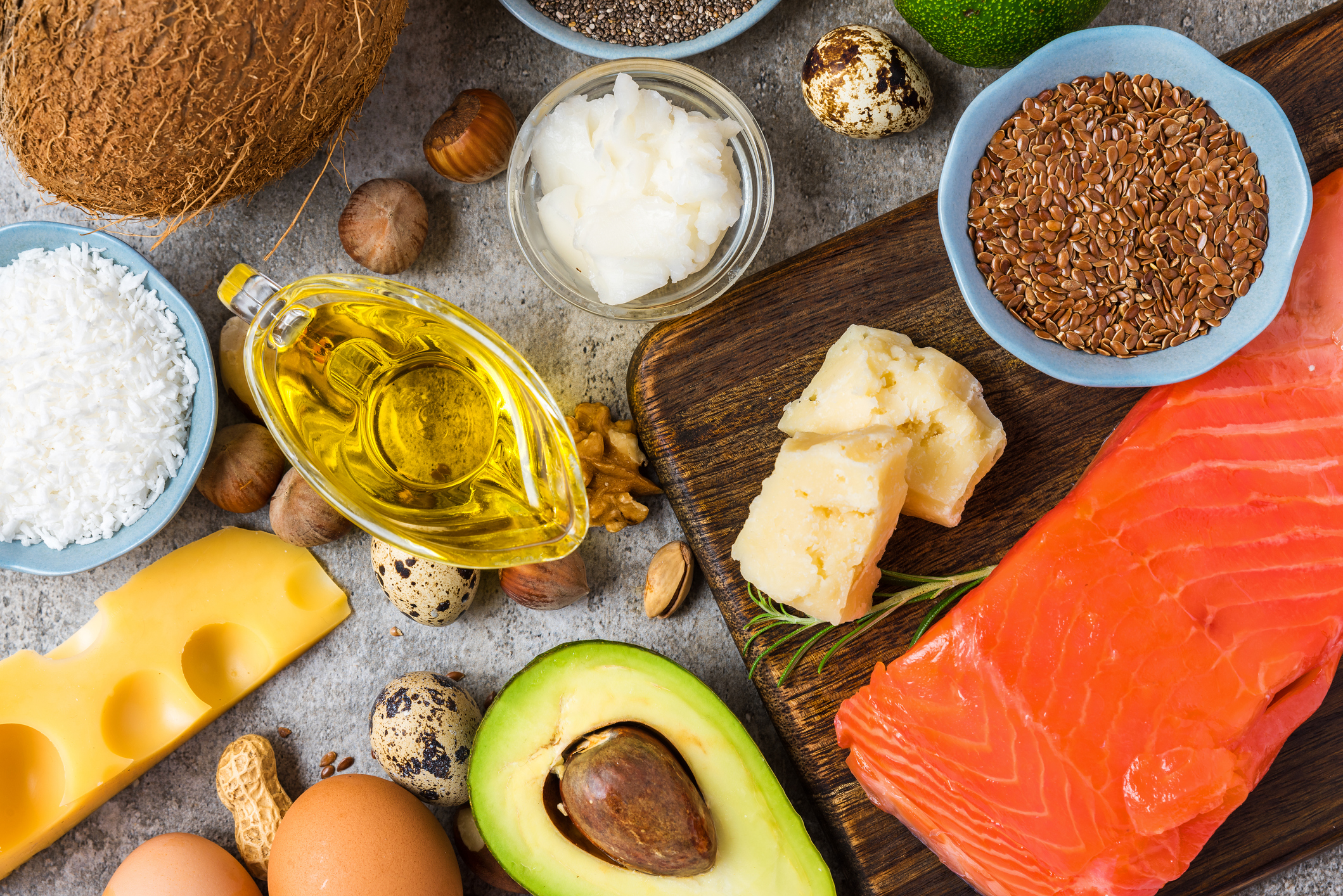
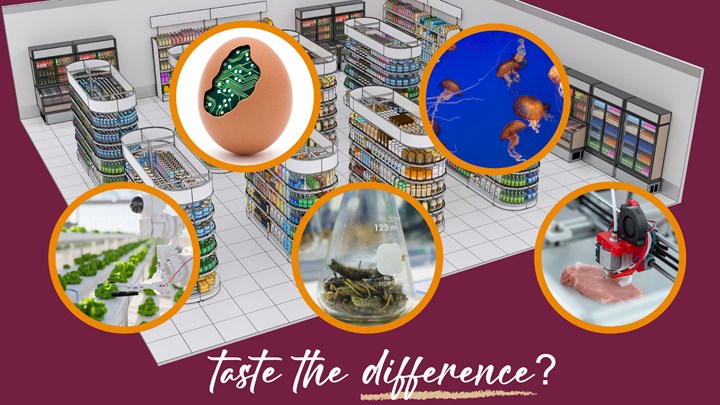

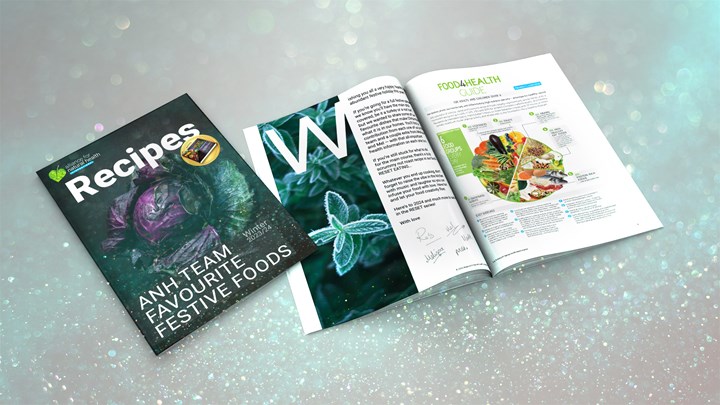
Comments
your voice counts
04 July 2019 at 8:30 am
Beneath dietary 'health' concerns are mapped meanings running counter to a true alignment and functional wholeness.
The hype of cultivated hysteria versus traditional wisdom became its denial and demonisation under 'snake oil salesmen' - of vested interests in bending or fabricating information and communication.
The wish that truth be different than it is, is a mind set in defence of self-illusion of what we think to WANT true.
PR or social engineering by vested private interests thinks to profit by promoting conflicts and confusions by which to assume regulatory powers for a protection racket. In short a mind of deceit is active and not just a plausibly deniable incompetence - and works through our thought and allegiance in such ways as to be able to 'incentivise' compliance and conformity to a weaponised and marketised narrative, masked in scientific credentials.
The promotion of Big-Ag seed oils or indeed low fat diets is part of corporate predation - some of which occurs from the economies of scale and much from the legal underpinnings of corporate law.
The pursuance of private profits in disregard and impunity of consequences inflicted or resulting, is the pattern of self-illusion given power at expense of wholeness.
Your voice counts
We welcome your comments and are very interested in your point of view, but we ask that you keep them relevant to the article, that they be civil and without commercial links. All comments are moderated prior to being published. We reserve the right to edit or not publish comments that we consider abusive or offensive.
There is extra content here from a third party provider. You will be unable to see this content unless you agree to allow Content Cookies. Cookie Preferences